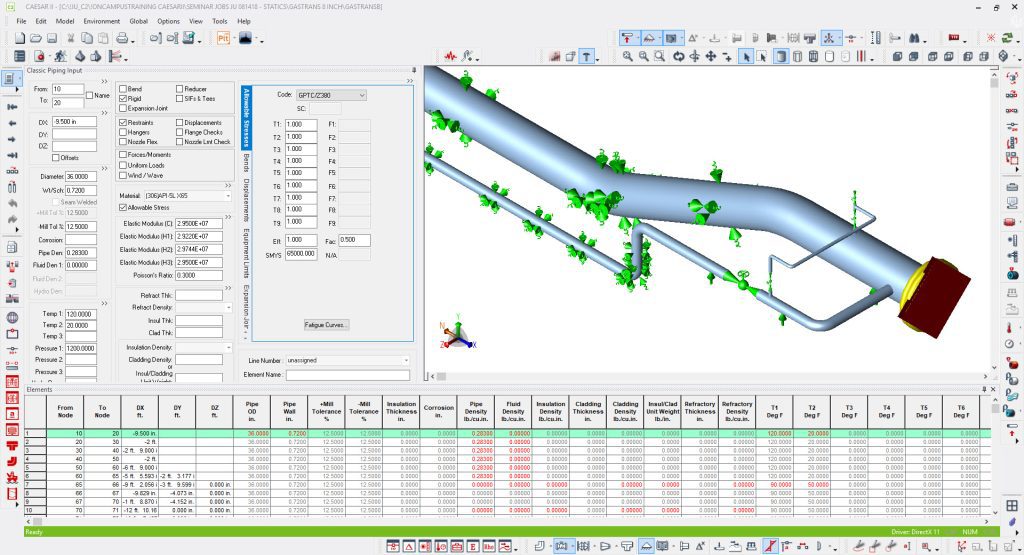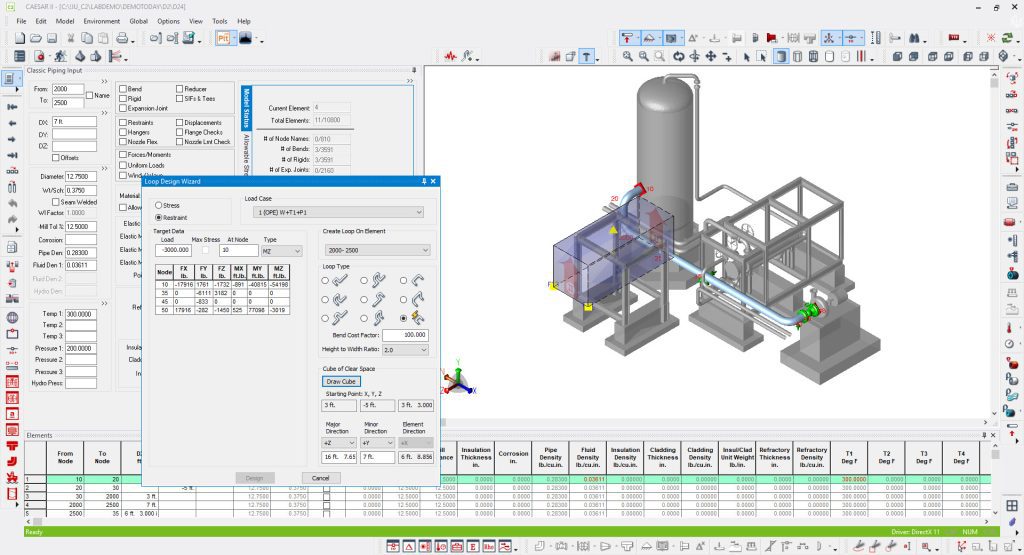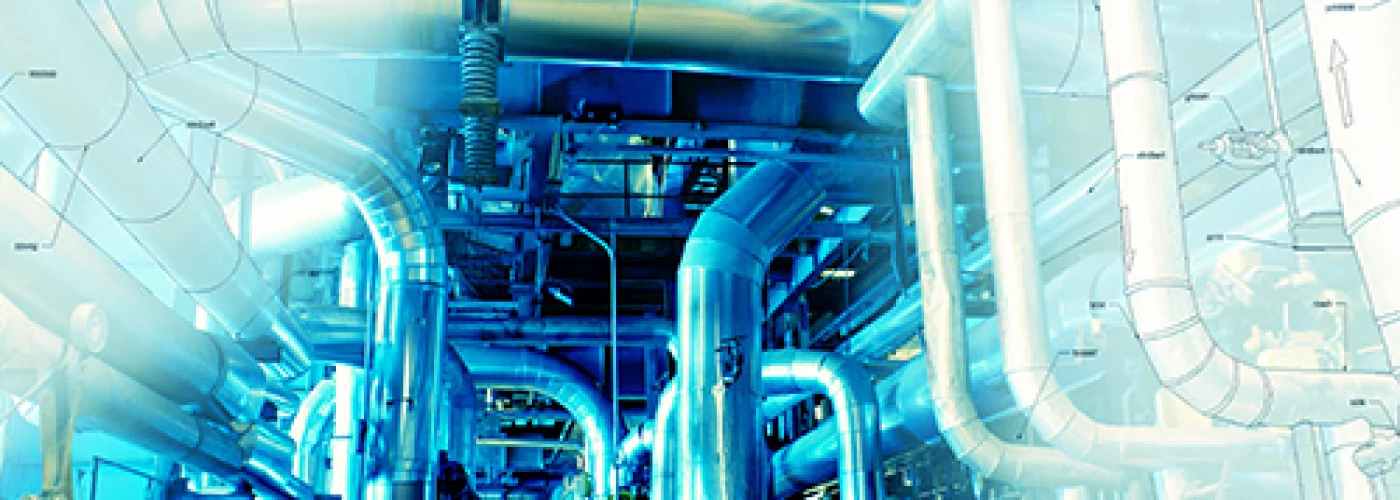Hexagon’s Asset Lifecycle Intelligence division announces CAESAR II® version 14, the latest iteration of the world’s most widely used pipe flexibility and stress analysis software.
CAESAR II is a complete solution that enables quick and accurate analysis of piping systems subjected to a wide range of loads, considering weight, pressure, thermal, seismic and other static and dynamic conditions.
It can perform analysis for all types of piping stress calculations in several environments such as buried, on ground and submerged in water. It is used in a variety of industries such as oil and gas, chemical, power, nuclear, aerospace and more, by clients that range from one-person engineering shops to some of the largest enterprise engineering environments.
Nuclear- and hydrogen-ready
A key addition of this new release is the support for hydrogen piping and pipelines with the inclusion of code ASME B31.12. Amid rapid growth in hydrogen production worldwide, this inclusion aims to ensure that engineers can take on hydrogen projects with confidence.
Other enhancements include:
- The possibility to manage wind and seismic conditions with ease using ASCE 7-2022 and IBC-2021 editions
- The update of popular European code EN 13480-3:2017/A5:2022 – “Metallic industrial piping – Part 3: Design and calculation”
- Enhancements for the 2022 editions of ASME B31.1, B31.3, B31.4, B31.5 and B31.8
This version supports more than 50 international piping codes and calculational variants. It is suitable for use in the nuclear industry and includes codes ASME NC, ASME ND, RCC-M C and D for nuclear installations and complies with ASME NQA-1 quality assurance (QA).

Chris Bradshaw, senior product owner for CAESAR II, said: “As projects become bigger and more complex, the potential for error rises. CAESAR II has been trusted by engineers for more than 30 years to ensure that piping assets are not only designed and operating in compliance with the latest codes, but also that they are designed safely and with refinements. It results in greater safety, lower costs, time saved and fewer materials used.” Anup Kumar Dey, a Senior Piping and Pipeline Engineer and author of the popular blog What is Piping, wrote: “This latest version has truly extended CAESAR II capabilities by incorporating many changes based on user feedback from the CAESAR II user community. It also includes the much-awaited hydrogen piping and pipeline code and comes with many advancements to help users perform their analysis with more accuracy, following all the latest developments in codes and standards.”


Building, Design & Construction Magazine | The Choice of Industry Professionals





